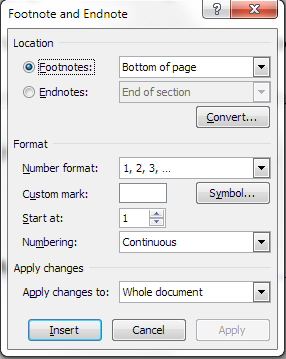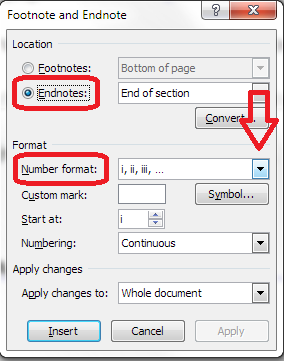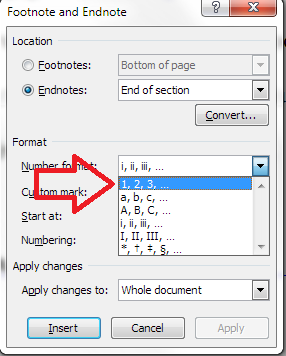 Oh, the freelance life is one that’s full of peaks and troughs, feasts and famines. I’ve already written about how to avoid running out of work and how to avoid overwhelm, and in this article I’m going to run through some common crises and my top tips on how best to cope with them.
Oh, the freelance life is one that’s full of peaks and troughs, feasts and famines. I’ve already written about how to avoid running out of work and how to avoid overwhelm, and in this article I’m going to run through some common crises and my top tips on how best to cope with them.
I’ve been through all of these in my time … I’d love to know if you have more coping ideas, so please pop a comment at the end if you’ve got something to add!
Notehere are a few links in this article – all of them are to other content that I’ve posted on this blog, so you can click through safely and happily for more information.
What do I do when I’ve got no work to do?
If you’ve got no work to do – don’t panic! It will probably be temporary
What can I do now?
- Take a deep breath and embrace the fact that you’ve got some down time
- Make a list of admin tasks you’ve always meant to do
- Do some brainstorming on some job searching you can do, whether that’s networking, looking for some jobs on Twitter or joining some free sites (see more on how to find freelance jobs in this article)
- Spend a third of your time doing admin, a third marketing yourself and a third taking a little time to do some things for yourself
What can I do to stop this happening?
- Consider new avenues of work – diversify
- Let people know you’re available – including customers you’ve worked with before
- Keep a note of the ups and downs in your business – if they follow a nice predictable yearly cycle, you can plan holidays and downtime for the low points and hard work for the high points
Tips to avoid running out of work can be found in this article.
What do I do when I’ve got too much work?
Having too much work can be a bit scary. Again, don’t panic. Make lists, be super-organised – you CAN do it!
What can I do now?
- Don’t panic – take a deep breath and plan instead of panicking
- Write a list of the tasks you have, their due dates and how long you think they’ll take (better, draw them out on a Gantt chart or calendar)
- Make a priority list – what must be done first?
- If you really CANNOT do it all …
- See if you can rearrange any deadlines
- See if you can get a colleague to take on any of the tasks
- Work through your jobs in priority order
Tips on what to do when you’ve got too much work can be found in this article.
What can I do to stop this happening?
- Find a colleague to work with and make an arrangement to cover each other’s work
- Look through your client list and see if there are any clients who make your schedule difficult – then see if you can work things out or pass them on to someone else
- Learn to say no!
What do I do when I’ve made a mistake?
We all make mistakes. All of us. Just the other day, I didn’t pick up on a duplicated word in a text. Most clients should understand that little mistakes come with the territory. Big mistakes need a big apology.
What can I do now?
- Own up and accept responsibility – don’t fudge or blame other people or things
- If there IS a reason (e.g. your sewing machine broke or you ran out of thread; your computer crashed and you lost a chunk of the spreadsheet) explain it briefly
- Offer to make it right – whether that’s doing the work again or reimbursing / not charging your client (see the section below, though)
- Explain concisely how you will prevent that mistake happening again
- Forgive yourself and try to move on – better to admit a mistake, redress it and move on and give that customer a chance to forgive you than to hide it all, dwell on it and get in a state
What can I do to stop this happening?
- If you know what caused the mistake, make a wholehearted attempt to remove that cause from your work life
- If it was human error down to tiredness / lack of a cuppa / bringing a bad mood from your home life to your work, make a wholehearted attempt to recognise that and work to avoid it in future
- Accept that everyone does make mistakes sometimes, and move on
What can I do when the customer doesn’t like what I’ve done?
This usually happens with the more creative industries like writing or making craft items for people. It’s a tricky one, but these points might help.
What can I do now?
- Ask the client for as many details as you can – it might be a minor point that they don’t like
- Offer to redress the issues – if it’s something I’ve written, I will do a rewrite (although see below, this is included in my Terms and Conditions)
- If the client has already paid, offer a refund unless this is discussed in your terms and conditions
- Personally, I’d say the client is always right and apologise / refund / replace graciously as this gives a much better impression than messing them around
What can I do to stop this happening?
- Make sure that your Terms and Conditions cover this eventuality
- Firm up the way you do the initial discussion with the client – can you use a tick-sheet or prepare a sketch that they agree on before you start working?
- You could include x number of rewrites / alterations in your Ts and Cs if you offer graphic design or writing, for example
- If you make craft items, you could send a photograph of the completed item before sending it off and taking payment
- Build up a library of items that you’ve made or created so your customer has more to work from when telling you what they want
What do I do when I’m going to miss a deadline?
Everyone misses a deadline every now and again. It’s horrible and sick-feeling inducing, but sometimes things are beyond our control. If there is a genuine emergency, your clients will understand. If it’s down to too much work, also have a look at the section above on that topic.
What can I do now?
- Be honest and contact your client as soon as possible – this is easier if it’s a sudden emergency than if you’ve got behind
- Offer an alternative deadline or colleague who can do the work (don’t just send the work to a colleague – do it openly and keep the client informed)
- Apologise and explain how it won’t happen again very briefly – allow your client time to reschedule the work
What can I do to stop this happening?
- If it’s down to overwork, review the section on how to cope with too much work above – if you’re missing deadlines and nothing’s actually wrong with you, that’s too much work
- Cultivate good and honest relationships with regular clients – that way, they’ll stand by you if you have a sudden illness or emergency
- Enlist a colleague to cover your work if you’re taken ill or otherwise occupied (this is good practice anyway)
You can read more about what happens when you have to cancel a job in this article, which I wrote just after I experienced a sudden and temporarily debilitating bout of flu.
What can I do when it’s All Too Much?
You know what? Sometimes it is just All Too Much running your own business, being freelance. Sometimes you’re in a bad mood, there’s a fly in the room, all your customers seem to loathe you or have impossible demands and you’re finding it all boring. You’ve probably got a cold, too. Is that you?
What can I do now?
- Stop – if you can possibly stop – stop
- Even if it’s for half an hour or ten minutes, do one of these things:
- Go outside and walk around
- Do some brisk walking or vigorous exercise
- Read your book
- Have a bath
- Phone a friend
- Rant and rave IN PRIVATE for example with a friend on Facebook messenger or in a private group you might have set up for that purpose
- Another thing that you like to do that centres and calms you
- If you only have 10 minutes to deal with hating your life right now, step away from your desk / workbench / stall and do some calm, deep breathing, imagine your happy place, centre yourself and relax
- Give yourself a little treat
- Try not to discuss this in public or anywhere where your customers might be – you never know who might be looking, and who might have been just about to book your services
What can I do to stop this happening?
- Learn to say no so you don’t get overwhelmed
- Take regular breaks during the day AND regular days off
- Don’t work late into every evening and over every weekend
- Have a serious think about how you can redress your work-life balance, because that’s what this is all about – then do it
- Cultivate a group of like-minded business people or people in your area of work or geographical area and talk to them – you’d be surprised to find that everyone feels like this sometimes
I hope these ideas will help you when you have one of these common crises. Why not bookmark this article or select your most common crisis, print it out and pop it on your noticeboard!
If you’ve enjoyed this post, please use the sharing buttons below to share it on your social media platforms. Thank you!
Related posts on this blog
How do I cope with the ups and downs of the freelance life 1: when the work dries up
How do I cope with the ups and downs of the freelance life 2: when there’s too much work
How to decide who to work with
How to turn a new customer into a regular customer
What’s the best mix of customers to have?
How to make more money in your freelance business






